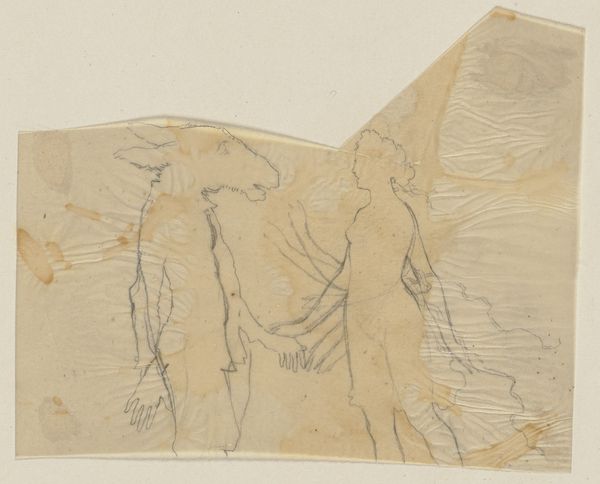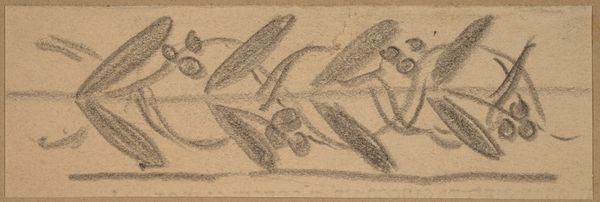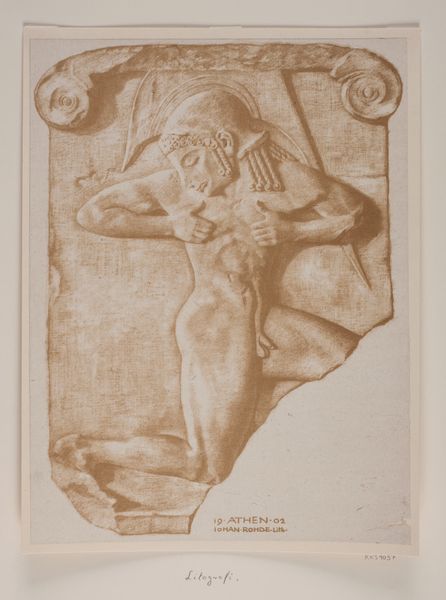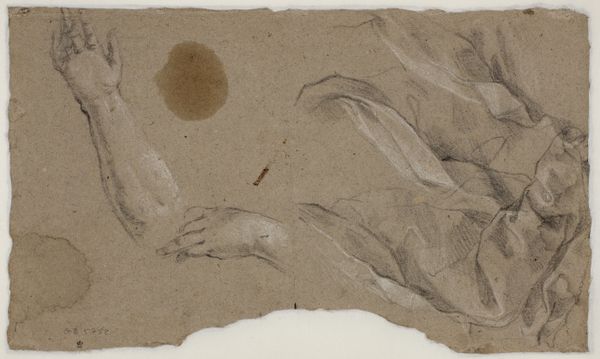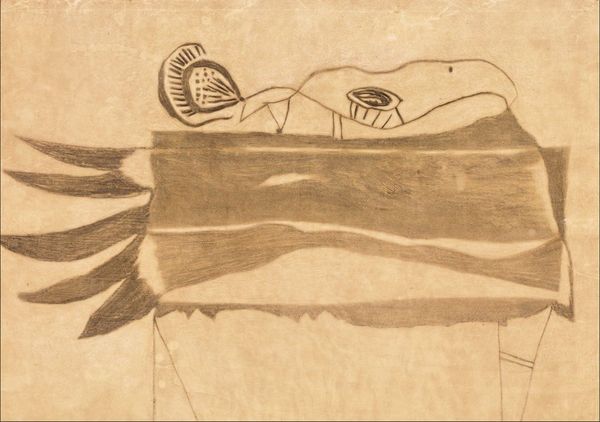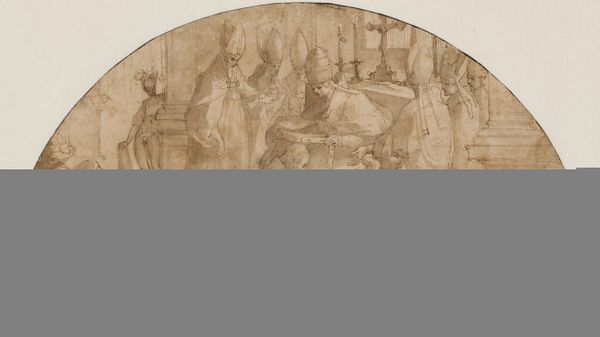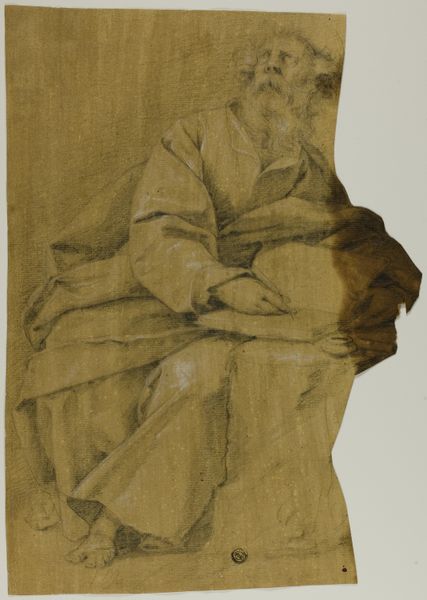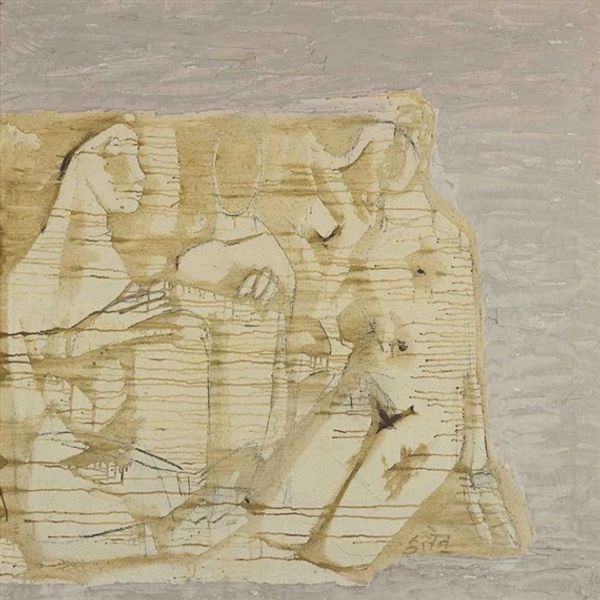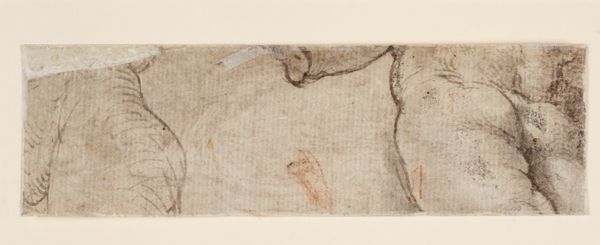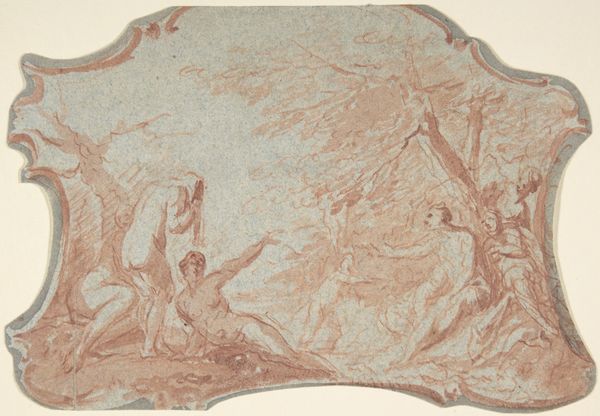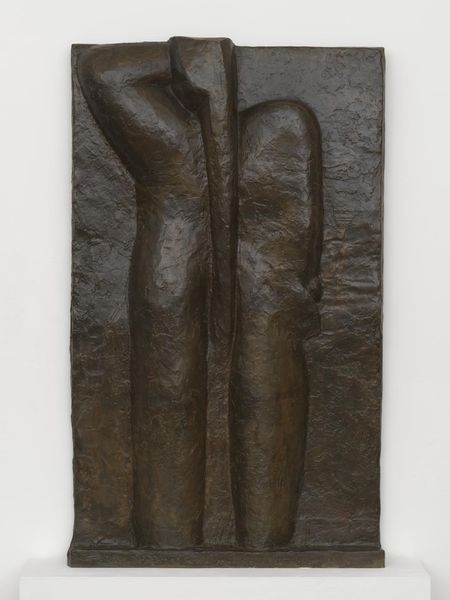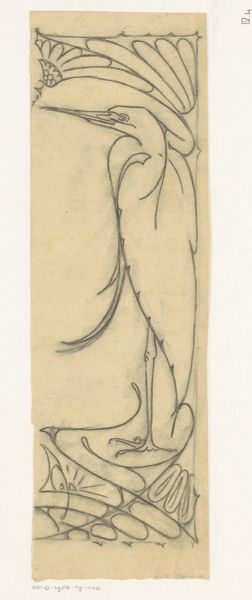
drawing, dry-media, charcoal
#
drawing
#
medieval
#
charcoal drawing
#
figuration
#
form
#
11_renaissance
#
dry-media
#
charcoal
#
history-painting
Dimensions: 242 mm (height) x 294 mm (width) (bladmaal)
Editor: This is an exquisite charcoal drawing called "Draperistudie," made in the 15th century by an anonymous artist. I am struck by how tactile the folds of the fabric appear. It is almost as if I could reach out and feel the texture. How do you interpret the significance of this kind of study within the broader context of art history? Curator: Well, it is important to consider what drapery studies like this accomplished within artistic workshops of the 15th century. They weren't simply exercises in replicating fabric, but a form of visual language that served very specific purposes. Do you have a sense of what those purposes might have been? Editor: I'm guessing, based on what we’ve studied so far, that it's partly practice? Also, maybe, something to be referred to when the artist would make a painting involving figures wearing clothes. Curator: Exactly! The social structures of workshops played a vital role. Apprentices trained rigorously in these techniques, demonstrating their ability to convincingly depict forms hidden beneath cloth. These studies showcased skill, contributing to workshop prestige, but also they standardized artistic language across the workshop, as you astutely said, creating a shared visual library. Were you thinking about anything else when looking at it? Editor: I was just thinking that such careful observation feels like an early form of scientific study, an attempt to categorize and understand the behavior of light and shadow on complex forms. It’s surprisingly modern in a way. Curator: Indeed. Seeing it within that social and institutional context offers a lens through which to understand both its immediate function and its lasting artistic value. Editor: I never really considered the workshop dynamics as shaping something seemingly so simple as a drapery study. Curator: It reveals how artistic production is embedded within, and shaped by, social, cultural, and institutional forces. Always consider who is making, why, and for whom.
Comments
No comments
Be the first to comment and join the conversation on the ultimate creative platform.

